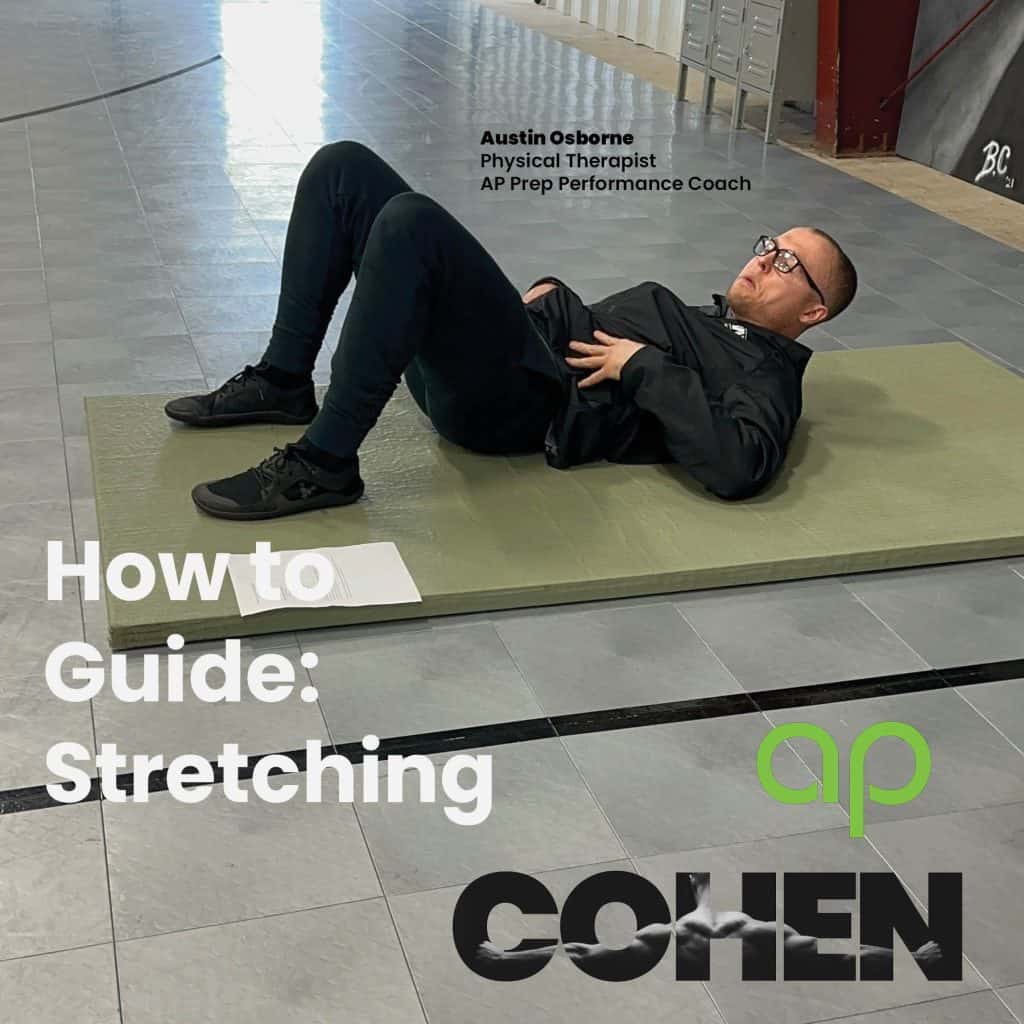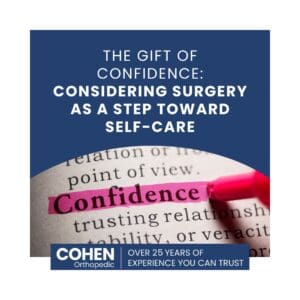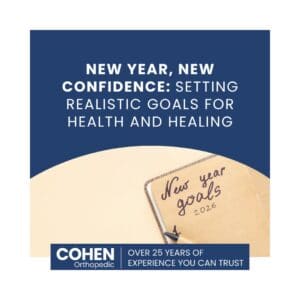How to Guide: Stretching

Although avoiding an injury can be inevitable, stretching can help improve flexibility and increase the range of motion in our joints. Stretching helps loosen up the muscles and tendons and keeps scar tissue from building up. To maintain healthy joints and limit risk for injury, stretching should be a priority.
Things to Remember
- Stretch in a smooth movement, without bouncing. Bouncing can injure the muscle and contribute to muscle tightness.
- Breath normally
- Hold your stretches for at least 30 seconds. In tight areas, you may need to hold for 60 seconds.
- The golden rule for stretching is “you should not feel pain when stretching.” If you start to feel pain, let up.
Timing
The American College of Sports Medicine recommends stretching at least two to three times per week, and that daily stretching is most effective. If you are recovering from a joint replacement or injury, be sure to talk with your doctor about when the right time to start stretching again is.
10 Best Stretches for Beginners
- Standing Calf Stretch
- Inner thigh Stretch
- Hamstrings Stretch
- Quad Stretch
- Hip Flexor Stretch
- Standing Lat Stretch
- Standing Chest Stretch
- Traps Stretch
- Levator Scapulae Stretch
- Thoracic Spine Stretch
Full Body Daily Stretch Routine
- Neck Roll
- Shoulder Roll
- Triceps Stretch
- Hip Rotation
- Hamstring Stretch
- Quadriceps Stretch
- Ankle Roll
- Child’s Pose
Stretches to Consider After Joint Replacement
- Hip Bending Stretch
- Hip Flexor Stretch
- Seated Hamstring Stretch
- Adductor Stretch
- Side Stretch
- Knee Stretch
10 Daily Stretches for Athletes
- Runner’s Lunge
- Pigeon Pose
- Seated Hamstring Stretch
- Downward Dog
- Cobra Stretch
- Chest Opener Stretch
- Across Body Arm Stretch
- Iron Cross Stretch
- Butterfly Stretch
- Frog Stretch
Stretching is an important part of an athlete’s routine. Additionally, for those recovering from a joint replacement, stretching can help get your muscles and tendons loose and build the range of motion back into your joints. However, one stretching session won’t get you the mobility and flexibility that your body needs. Daily habits are what create progress. Set time in your day for stretching or even pair it with a current routine. For instance, after brushing your teeth in the morning, stretch in front of the mirror or before taking lunch, take 10 minutes to stretch.
It’s important to follow your physicians’ orders and recommendations as well. Be sure to only proceed once you’ve been cleared or recommended to do so.










